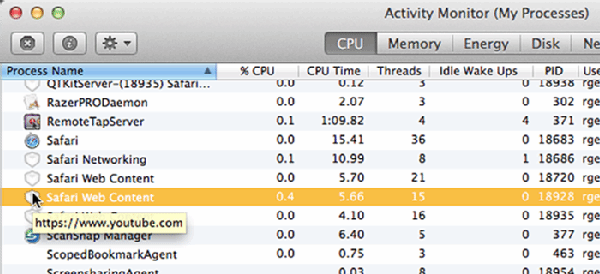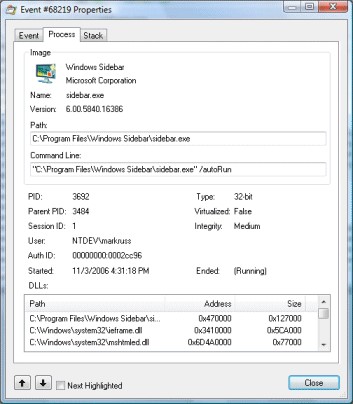
Once opened, the Activity Monitor lists the PID (process identification), Process Name, User, CPU percentage, number of threads, physical memory usage (Real Mem), and Kind (processor architecture type). Activity Monitor is located within the Utilities folder within Applications. The Mac OS X Activity Monitor helps graphically identify applications or processes consuming abnormal memory and CPU levels. Here’s how you can use both to monitor Mac OS X processes like a professional. When it’s necessary to troubleshoot performance by tracking active processes and determining whether a runaway or frozen application or process is overwhelming the system, a couple options exist: Activity Monitor and the command line. Just as with other platforms, occasional issues arise.


Erik Eckel goes over the basics of using Mac's Activity Monitor and the command line to monitor processes on Mac OS X.


 0 kommentar(er)
0 kommentar(er)
